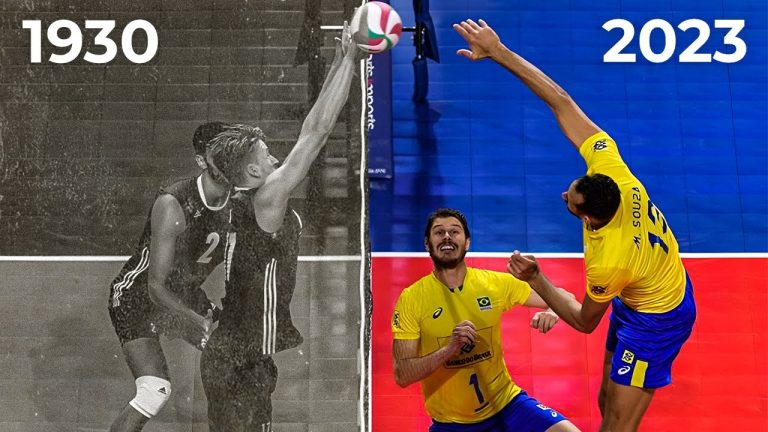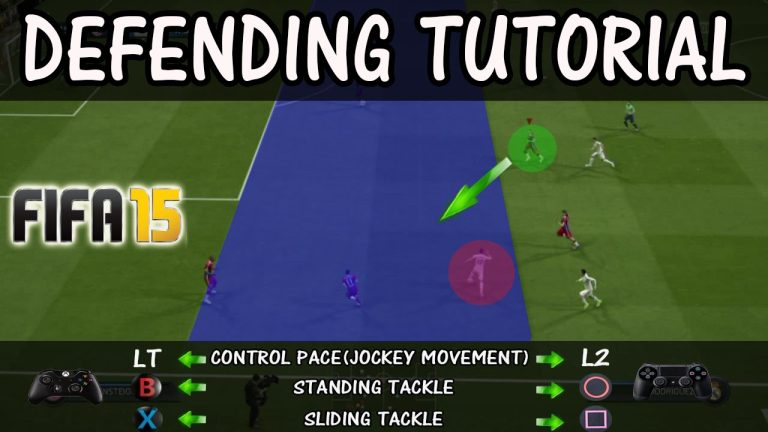Are you a volleyball enthusiast looking to brush up on your game or planning to host a beach volleyball tournament? Understanding the essential volleyball court markings is crucial for setting up a fair and organized playing field. From the boundary lines to the attack lines, these markings not only guide players but also add aesthetic appeal to the court. In this article, we will explore the key elements of volleyball court markings, providing you with a comprehensive guide to enhance your volleyball experience.
What is the term for the lines on a volleyball court?
The lines on a volleyball court play a crucial role in defining the boundaries and differentiating between court sections. Boundary lines serve as the perimeter markers, while the end lines indicate the length of the court and the sidelines mark the width. Additionally, the Attack line acts as the demarcation between the front court, situated near the net, and the back court, spanning from the attack line to the end line. Together, these lines not only establish the playing area but also facilitate strategic positioning and gameplay.
What are the markings and dimensions of an official volleyball court?
The official volleyball court is defined by specific markings and dimensions. It measures 18 meters in length and 9 meters in width, with a free zone that is 3 meters wide on all sides. Additionally, the free playing space above the court must be a minimum of 7 meters high from the playing surface. These standardized dimensions ensure a fair and consistent playing environment for volleyball matches.
How many spots can be found on a volleyball court?
When it comes to a volleyball court, there are six distinct positions that make up the foundation of a successful team. Each position serves a crucial role in the game, and the players must rely on each other to excel in their respective areas. From the setter orchestrating the team’s offense to the libero’s defensive prowess, every position plays a vital part in achieving victory.
The setter is the mastermind behind the team’s offense, responsible for setting up the perfect plays and delivering accurate passes to their teammates. This position requires exceptional decision-making skills and the ability to quickly analyze the game. Without a skilled setter, the team’s attack can crumble, making it difficult to score points.
On the defensive side, the libero is a key player who specializes in receiving serves and making digs. This position demands incredible agility, reflexes, and a keen eye for reading the opponent’s hits. The libero’s primary goal is to ensure that the ball stays in play and to set up their teammates for successful attacks. A solid libero can significantly enhance the team’s defensive capabilities.
In conclusion, a volleyball court consists of six positions, each serving a unique purpose in the game. From the setter’s strategic plays to the libero’s defensive prowess, every player must excel in their role to achieve success. Teamwork and reliance on each other’s skills are vital in the world of competitive volleyball.
Master the Lines: A Visual Guide to Volleyball Court Markings
Master the Lines: A Visual Guide to Volleyball Court Markings
Paragraph 1:
In the world of volleyball, court markings play a crucial role in the game. These lines not only define the boundaries of the court but also serve as a guide for players, coaches, and referees. From the sidelines to the attack line, each marking has a specific purpose. Understanding these markings is essential for mastering the game of volleyball.
Paragraph 2:
The most prominent line on a volleyball court is the boundary line. This line forms the perimeter of the court and ensures that the ball remains in play. It is crucial for players to stay within these boundaries to avoid penalties. Additionally, the boundary line also helps referees make accurate judgments on whether a ball is in or out of bounds. Mastering your positioning in relation to this line is vital for success on the court.
Paragraph 3:
Another important marking on a volleyball court is the attack line. This line, also known as the three-meter line, separates the front and back zones of the court. It serves as a boundary for players during an attack. Only the back-row players are allowed to jump and hit the ball from behind this line. Understanding the positioning and movement around the attack line is essential for players to execute effective attacks and avoid violations.
Overall, mastering the various court markings in volleyball is crucial for players, coaches, and referees alike. From the boundary line that defines the court’s perimeter to the attack line that determines attacking positions, understanding these markings is essential for success in the game. By familiarizing themselves with these lines, players can confidently navigate the court and make strategic decisions, ultimately enhancing their overall performance.
Serving Up Success: Understanding Volleyball Court Markings
Serving Up Success: Understanding Volleyball Court Markings
In the world of volleyball, court markings serve as a roadmap for players, guiding them to victory. The striking contrast of the white lines against the vibrant blue surface not only adds visual appeal but also ensures fair play. From the baseline to the sidelines and the attack line, each marking has its purpose, creating a symphony of precision and strategy on the court. As players navigate this carefully delineated space, they are reminded that success lies in their ability to understand and utilize these markings to their advantage.
Volleyball court markings are not just mere lines; they are the blueprint for a winning game. The sideline markings, stretching from one end to the other, define the boundaries within which players must stay. Meanwhile, the attack line marks the limit beyond which players can spike the ball, adding an element of excitement and challenge to the game. These markings, together with the baseline and centerline, create a visual framework that demands accuracy and agility from players. By comprehending and respecting these court markings, players unlock the potential for success, leading their team to victory with every skillful serve and powerful spike.
Unleash Your Inner Setter: Decoding Volleyball Court Markings
Unleash Your Inner Setter: Decoding Volleyball Court Markings
Unlock the secrets of the volleyball court with a comprehensive understanding of its markings. From the boundary lines that define the playing area to the intricate patterns that dictate player positioning, each marking serves a purpose in the game. The center line, dividing the court into equal halves, guides players in their strategic movements, while the attack line determines the limit for attacking shots. The libero zone, marked by a different color, designates the area exclusively for the libero player, providing them with a unique advantage. By familiarizing yourself with these court markings, you can enhance your volleyball skills, maximize your performance, and truly unleash your inner setter.
Ace Your Game: The Essential Volleyball Court Markings Guide
Ace Your Game: The Essential Volleyball Court Markings Guide
Mastering the game of volleyball requires not only skill and strategy but also a thorough understanding of the court markings. The boundaries, attack lines, and centerline all play a crucial role in determining the flow and success of the game. The bright and bold lines that adorn the court not only catch the eye but also guide players in positioning themselves, serving as a constant reminder of the rules and limitations of the game. So, whether you’re a beginner or a seasoned player, familiarizing yourself with these essential volleyball court markings is the first step to unleashing your full potential and dominating the game.
Incorporating clearly defined volleyball court markings is crucial for a seamless and fair game. From the boundary lines to the center line and attack lines, these markings not only provide structure and organization but also contribute to the overall aesthetic appeal of the court. With their vibrant colors and precise measurements, they create a visually captivating environment that enhances the players’ experience and ensures a level playing field. So, whether you’re a professional athlete or a recreational player, the importance of well-maintained volleyball court markings cannot be overstated.





